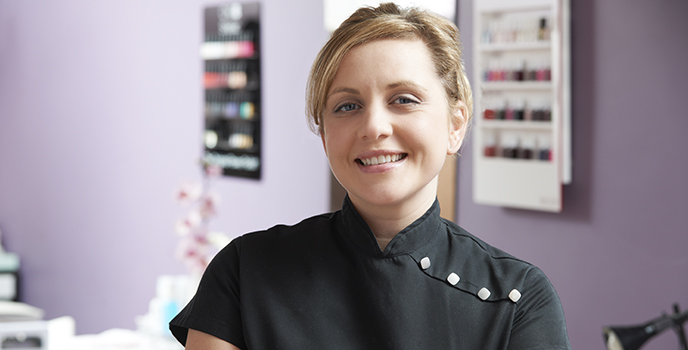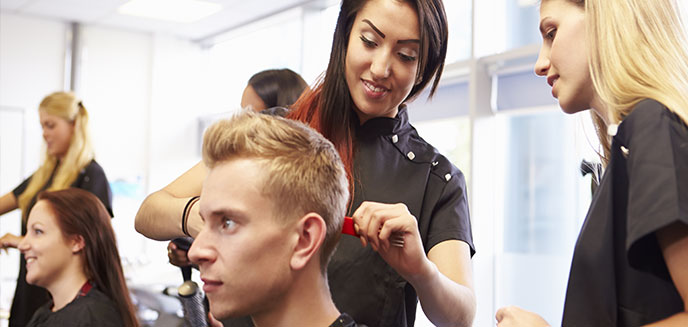
This time of year, thousands of school leavers are deciding their next move. Some are heading to university, others are looking for a direct route into work. That’s where apprenticeships come in – offering a clear, practical path into skilled employment in the hair and beauty sector.
For salons and barbershops, it’s the perfect moment to bring in new talent and build long-term resilience. Apprenticeships don’t just benefit the learner – they help future-proof your business.
Why apprenticeships matter
The hair and beauty sector is a major UK employer. From high streets to rural towns, salons are an essential part of local economies.
Apprenticeships offer a way to:
- Grow your own team: Train people to your standards, in your way of working
- Bring in fresh thinking: Apprentices offer energy, ideas and adaptability
- Build loyalty: ‘Home-grown’ staff tend to stay longer and progress
- Support your current team: Mentoring helps develop leadership skills
- Reduce recruitment costs: Promoting from within saves time and money
Apprentices are often some of the most engaged employees. They haven’t picked up bad habits elsewhere and are keen to learn. You can shape their skills and instil your business values from the outset.
Hiring apprentices also earns respect for the sector. Providing employment and training to young people shows leadership. It highlights the role salons and barbershops play in supporting communities and developing future talent.
Understanding qualifications
Not all training routes are equal. The Government’s reforms are aiming to simplify the system, with two main paths post-GCSE: academic (like A Levels) and technical (like apprenticeships).
- Apprenticeships are job-ready qualifications. Learners are trained on the job and can work to commercial standards once qualified.
- Traineeships prepare learners for work, but more hands-on experience is needed to be fully job-ready.
Choosing the right option for your salon is key. Apprenticeships provide the most direct route to a skilled and competent employee.
What’s holding the sector back?
Apprenticeship numbers in hair and beauty have continued to fall.
In England, 9,932 hair apprentices started in 2019, dropping to 7,037 in 2020. By 2023, there were just 6,440 new starts across the UK.
The decline is driven by several factors:
- A focus on university over vocational training
- Limited government funding for providers
- The rise of self-employment, making it harder to host apprentices
- Increased wage costs for apprentices aged 19+ in their second year
This wage jump—ranging from £3,000 to £7,000—makes older apprentices or career changers financially unviable for many salons, especially when the apprentice hasn’t yet become income-generating.

What needs to change?
The NHBF is pushing for practical changes to support employers and increase apprenticeship take-up.
We’re calling for:
- Better financial incentives for salons and barbershops to hire apprentices
- Targeted support for small businesses and sole traders
- Realistic wage expectations, especially for older apprentices
- A freeze on apprenticeship rate increases while the sector recovers
With 99% of the sector made up of small businesses, and wages accounting for more than half of running costs, these changes would make a real difference.
What we’re doing
The NHBF continues to:
- Campaign for more support and funding
- Work with Government on post-16 education reform
- Help review the Hair Professional Apprenticeship Standard
- Push for fairer funding bands aligned with other technical occupations
We’re also making the case for apprenticeships as a respected and valued route into the industry. When salons invest in young people, they don’t just build their own workforce – they lift the reputation of the whole sector.
